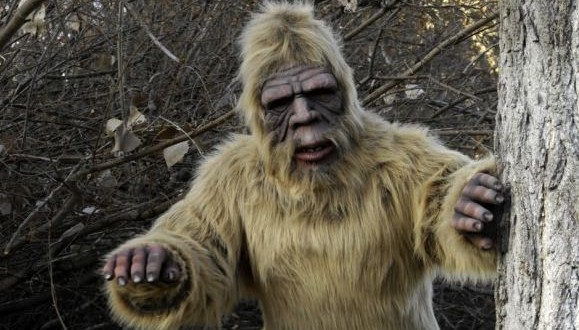Genetic analysis of hairs claimed to have come from a ‘bigfoot’ have been matched to samples of less mythical animals such as bears.
Rather than dismissing cryptozoology and the claims of ‘sasquatches’ or ‘yetis’ out of hand, a team of researchers from Oxford University and the Museum of Zoology in Lausanne, Switzerland, together making up the Oxford-Lausanne Collateral Hominid Project, solicited for samples that could be forensically examined to determine whether there was any truth behind the claims.
The study, published Tuesday in Proceedings of the Royal Society B, finds the samples didn’t come from some mysterious creature. Rather, what they thought was Bigfoot was actually a bear, wolf, coyote or other animal.
The team performed DNA analyses on 37 samples submitted from around the world, mostly from the Pacific Northwest, along with Texas, California, Arizona, Russia, India, Bhutan, Nepal and Sumatra.
Perhaps the most interesting findings from the study were two hair samples from the Himalayas, which are most closely related to an ancient species of polar bear. CNET reports that suggests a previously-unknown polar bear descendant or brown bear-polar bear hybrid might remain in the region.
Despite the study, some experts say the evidence does not disprove the existence of Yeti, Almasty, Sasquatch or any of their other mysterious brethren.
“All that can be said with confidence is that the results obtained by the Sykes team for the 29 [sic] samples that yielded DNA sequences failed to reject the null hypothesis that these samples came from species already known to science,” wrote Norman MacLeod of the London Natural History Museum. In other words, Bigfoot could still be out there.
Agencies/Canadajournal
 Canada Journal – News of the World Articles and videos to bring you the biggest Canadian news stories from across the country every day
Canada Journal – News of the World Articles and videos to bring you the biggest Canadian news stories from across the country every day



